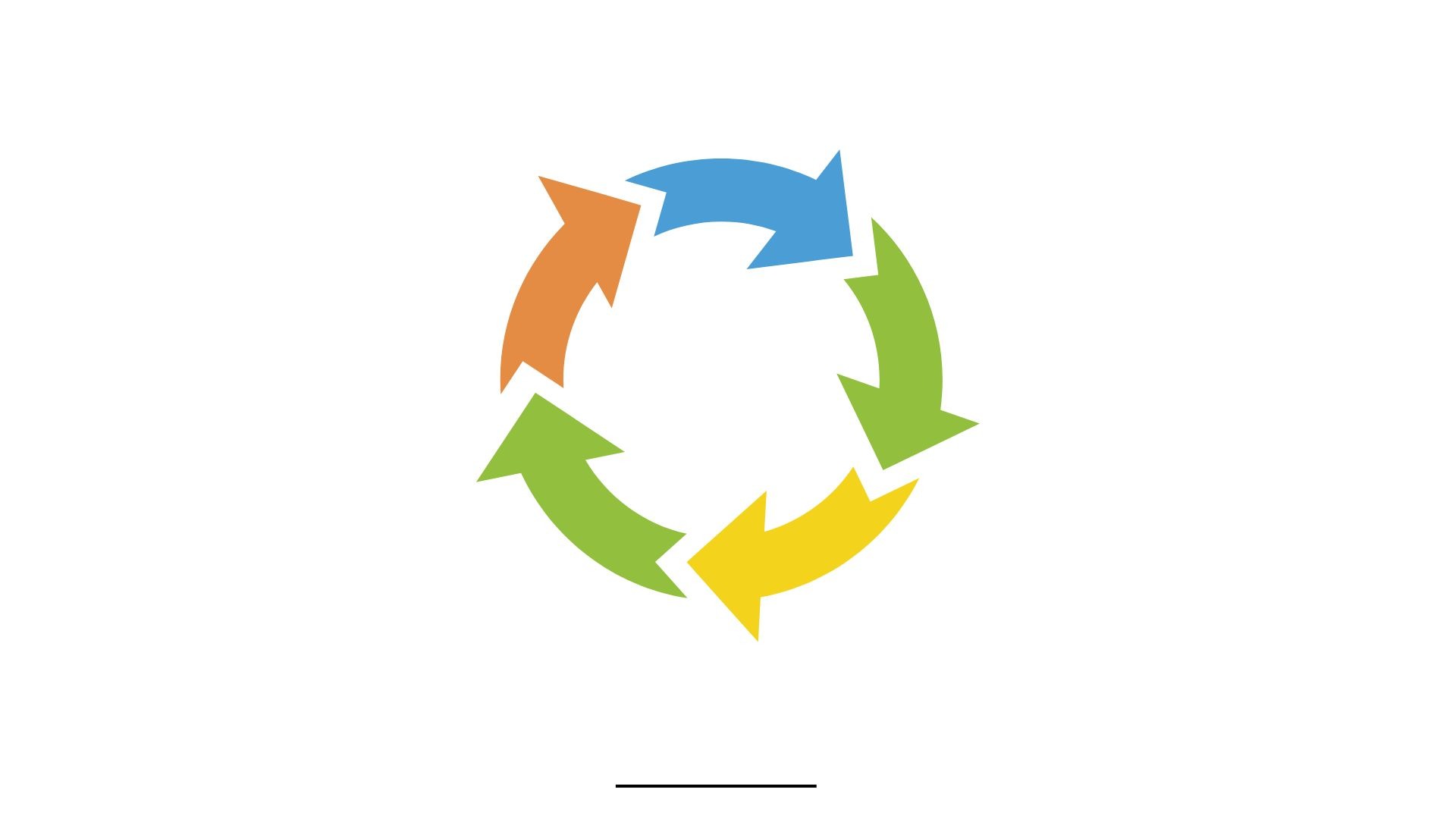CAPILIST ™
LEAD THE FUTURE ™

What is an economic cycle?
BASICS
Mauro Correro
The economic cycle is the process of market fluctuations between expansion and contraction.
A cycle can be divided in 4 parts, mainly.
These are:
Expansion: charaterized by economic growth
Peak: the highest point of the economy, charaterized by higher consumer confidence, increased value of money borrowed and spended, high valuation of the markets.
Recession: formerly when for 6 months GDP declines, representing a slowing economy. The consumer confidence decrease as the markets and business investments fall.
Trough: when the recession touch its deepest value. Usually Governments and Central Banks operate through fiscal or monetary policies to let the economy rise. After this point economy should stabilize and businesses should be able to start again.
Even if it is not possible to perceive with precision in which stage of economy we currently are, because processes are usually unlinear, we can formule an idea of the cycles by understanding that they're also influenced by several factor as:
Global events: Wars, Geopolitical Tensions and Trade Agreements, or pandemics.
Monetary Policies: Interest Rates can be modified by Central Banks affecting the loan market, driving to an harder or easier accesibility to credit.
Fiscal Policies: They impact on overall demand.
Why it's important for investors?
It is crucial for investors to know about cycles because each stage of it reflect on the portfolios performances.
This happen because market behavior is not entirely rational, as investors tend to shift between different assets during each phase of the cycle.
A Real-World Example
Let’s consider Investor X:
1.During the expansion, stock prices are rising. He invests in equities and quickly sees profits.
2.Buoyed by success, he believes the market will only go up—just like many others.
3.At the peak, asset prices are inflated, but he doesn’t realize it. Then, the market starts to drop.
4.Headlines warn of recession. Investor X panics and shifts to conservative assets.
5.As the recession deepens, even safe assets lose value. He moves into government bonds or gold.
6.Eventually, the economy bottoms out. Stimulus measures help, optimism returns, and the market begins to recover.
7.The cycle starts over.
This pattern illustrates how emotions and timing can drive suboptimal investment decisions if the economic cycle is not understood and accounted for.
